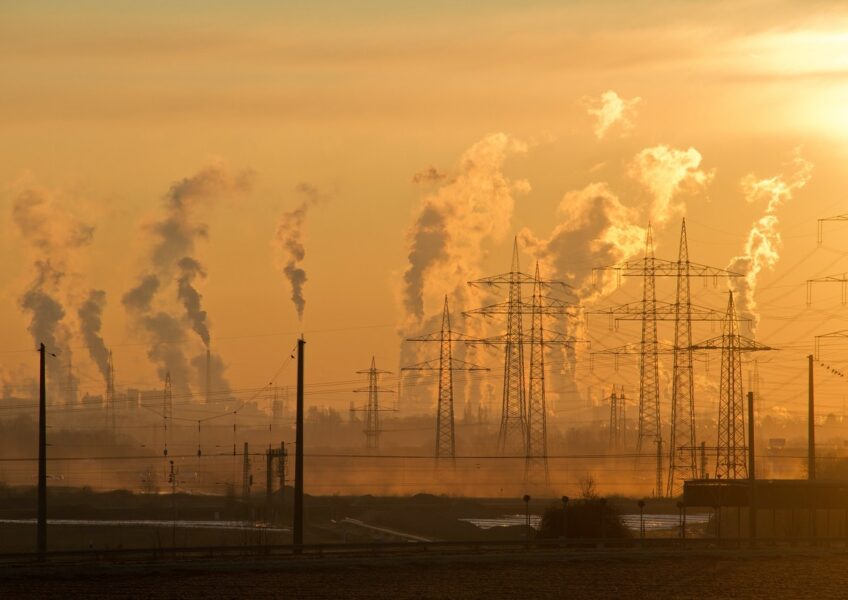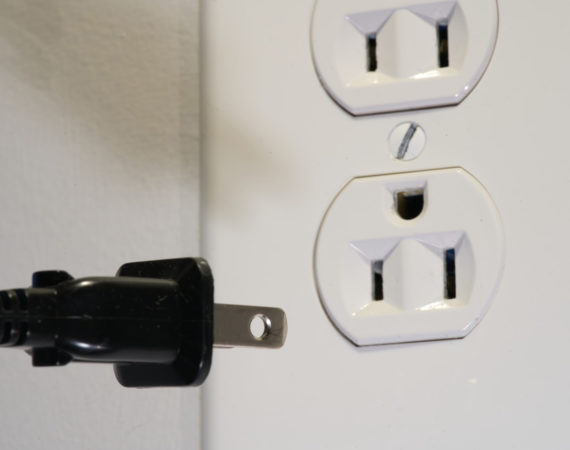How Electric Power Plants Work
Power plants have been in use since the first one built in 1882. They help power our houses and businesses through cables that run underground. Power plants are set up as an energy production line with many steps in between the beginning and finished product.
Resources
All of the electricity that we use once started out as either fuel, coal, natural gas, or oil. All of these resources are extracted from the Earth by mining or drilling. These resources are brought to the plants to be used in the first steps to create electricity. The given resource that is used is then burned at a high temperature in a furnace to start the process of creating energy.
Key Steps
The next step in this process is the boiler. The heat from the furnace then moves around cold water pipes. The water starts to boil and turn into steam. The steam flows at high-pressure around a wheel that is like a windmill made of metal blades. The blades start turning as the steam flows past, called a steam turbine. For the turbine to work efficiently, heat must enter at a high temperature and pressure and exit at a low temperature and pressure.
Cooling Process
The cooling towers you see at power plants make the turbine more efficient. They are large and have a cylinder shape. Boiling water from the steam turbine is cooled down in a heat exchanger called a condenser. The water is then sprayed into the cooling towers and pumped back to reuse. Most of the water condenses on the walls of the towers and drips back down again.
Final Steps
The turbine is connected to a generator, when this spins, it uses kinetic energy and converts it into electricity. Cables connected to the generator travel to a nearby transformer. Electricity loses energy as it travels down the cables, but high-voltage electricity loses less energy than low-voltage electricity. Because of this, the electricity generated in the plant is boosted to a very high voltage when it leaves the power plant.
The electricity is carried by large cable towers called pylons. Once the electricity is at its destination, another transformer coverts the electricity into a lower voltage for houses and businesses to use. The electricity is sent through under ground cables to homes and then to outlets.
Forensic Engineering Specialists
Engineering Specialists Inc. has nearly 30 years of field experience in analyzing the damage to vehicles, residential, commercial, and industrial buildings. We can work on any project in any state, nationwide. When you or your business needs to confirm the extent of damage or how to correct a problem, email us at office@esinationwide.com or call us, toll-free, at (877) 559-4010.


